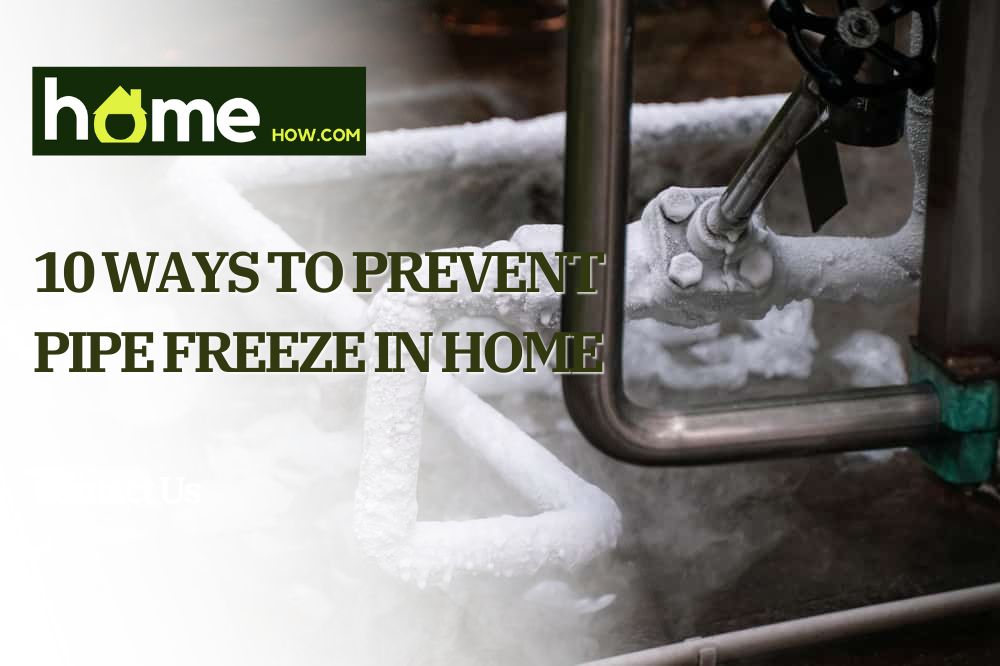What does winter feel like in your home? The arrival of winter indicates an intense fall in temperature, and homeowners begin to set up their homes for the impact of this season. They often set off recaulking windows, tuning up heating systems, and inspecting roofs and chimneys, among other things. However, one thing you must tick off your books in preparation for winter is preventing frozen pipes.
A freezing and bursting pipe is a common hazard during winter and may cause substantial property damage up to $5000 worth of repair. The water freezes due to the cold weather and expands, which makes the water pipes vulnerable to rupturing. Note, however, that the pipe does not burst at the exact location the water freezes but between the position of the ice blockage and the faucet. Pipes that freeze are most likely those exposed to cold areas, such as swimming pool supply lines, and the unheated regions of your home like garages, pipes, and attics.
In this case, it is essential to apply measures that will keep your pipes from freezing and stopping likely structural damage or/and flooding. You can do certain things to make sure this doesn’t happen, and in this article, we’ll discuss how to prevent pipe freeze in your home and what to do when you’re faced with such a problem.
How to prevent pipe freeze in home
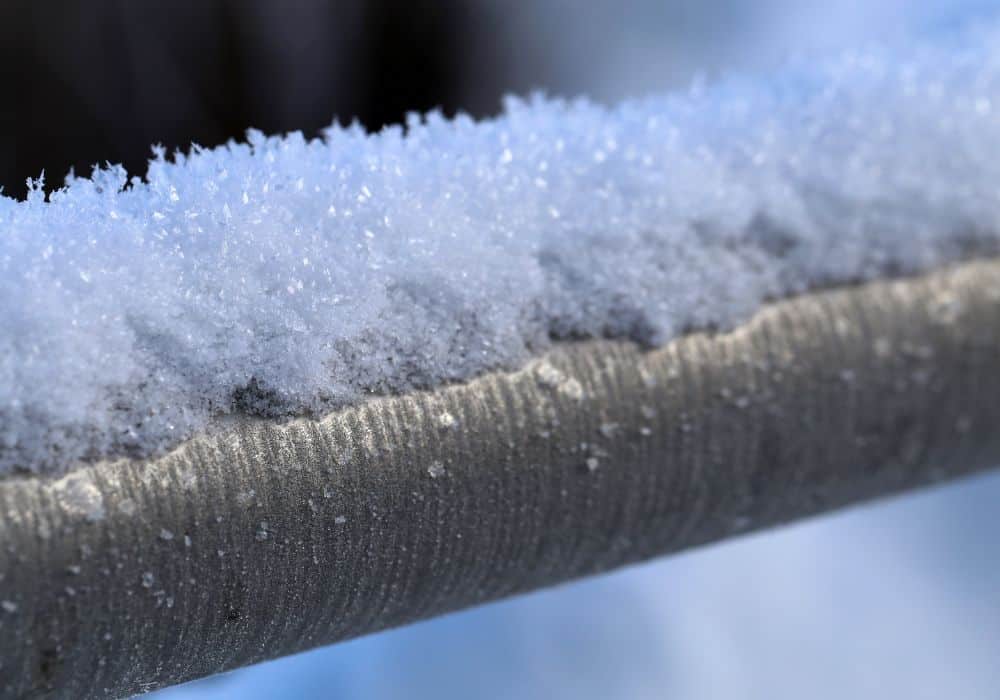
Water systems, during cold weather, are at risk of frozen pipes, as homes are not often built with low temperatures in mind. Thus, water pipes will be susceptible to freezing and bursting when the cold season arrives. Furthermore, holes in vulnerable water supply lines, however small, could facilitate the bursting of these pipes as they allow cold into the pipe and aid the water freezing.
Fortunately, there are ways to prevent this from happening before the winter season. Considering the causes of water pipes freezing we have explained, you can set up your home and protect your pipes during summer and be less worried about structural damages or flooding when the winter comes. Follow these recommendations to protect your pipe from freezing:
1. Insulate the pipes
An effective technique to keep pipes from freezing is through insulation. Pipe insulation is a material (foam, fiberglass, or polyethylene) that is overlaid around the pipe to ensure that pipes and their content maintain the right temperature. Although pipe insulation may be costly, it is effective and incomparable to the amount you may spend on repairs should your pipes give out.
When insulating the pipes, you must first recognize unheated areas, especially exterior walls, like attics, garages, and basements, and some other cold areas in the house like kitchen cabinets, which are most prone to freezing. This ensures stable water temperature regardless of the season or time of year. In emergencies where you can’t get pipe insulation, you may use duct tape or newspaper momentarily.
2. Wrap pipes with heat tapes
Heat tapes can be a better and cheaper alternative to pipe insulation. It is an electrical cable wrapped around a pipe to supply heat and keep it from freezing.
There are two distinct kinds of heat tapes- manual and self-monitoring heat tapes. The self-monitoring tape automatically turns on and off thanks to a sensor that detects when heating is and isn’t needed. However, the manual one will require you to turn it off and on when you need to.
The heat tape is wired into your home’s electrical system to install it, and some are only required to be plugged into a power source. After installing heat tapes, you can be sure that you won’t have to be worried about your pipes freezing any longer.
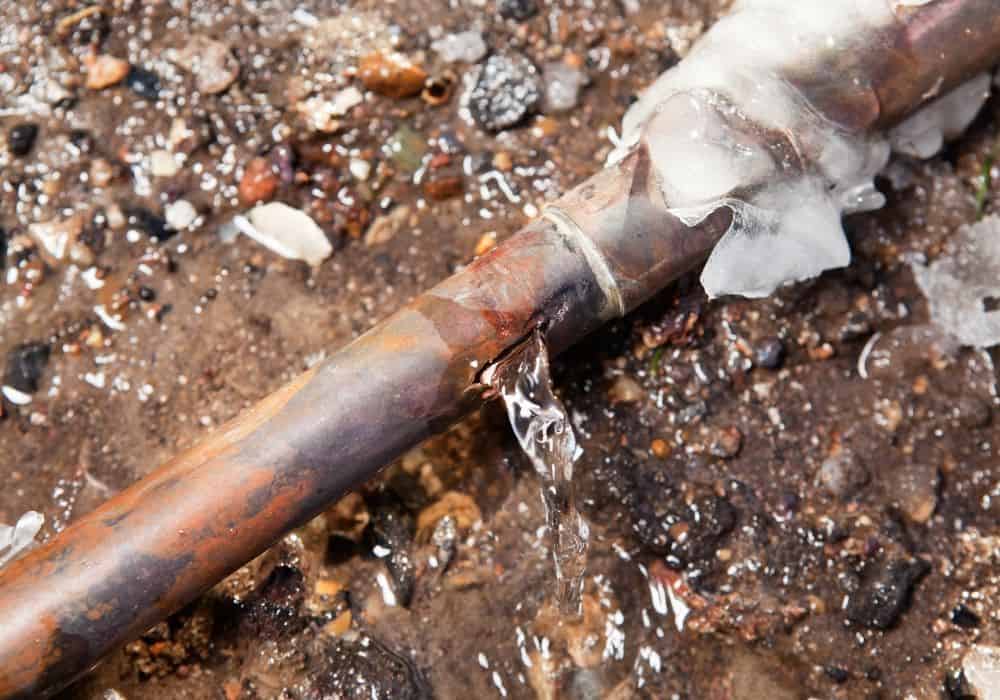
3. Set the thermostat
One thing that helps to maintain an average temperature during winter is ensuring consistency with your thermostat, that is, keeping the thermostat at the same temperature in the morning and night. Because while adjusting the thermostat to a lower temperature at night will save costs on heating bills, it makes pipes more susceptible to freezing. Hence, you should consider it more convenient to incur a slight increase in bills rather than face severe damages should a pipe freeze and burst.
4. Always keep garage doors shut
Garages are mostly always cold because they are made of smooth concrete and are generally uninhabited. So, leaving the doors open will further drop the temperature level of the area and present a higher risk of freezing pipes. Therefore, you should permanently shut garage doors if you have water supply pipes in them.
5. Open cabinets in bitter weather
Opening up your kitchen and bathroom cabinet doors might not seem much of a helpful tip, but it is capable of protecting your pipes from freezing. Cabinets have little or no warm air, so when you open your cabinet, you allow heat to circulate through the pipes and prevent any icy build-ups. You could do this from time to time, particularly on a cold night or during the winter.
6. Leave faucets dripping
Of course, this doesn’t mean you should leave on all the faucets in your home; that is inviting the disaster you are trying to avert. So first, you need to identify the exposed pipes in your home. Then, when you’ve done that, make sure you leave these faucets dripping, at most, a trickle of water per second, when you notice bad weather.
This is significant because it makes it less likely for water to freeze. Running water, no matter little, contains friction that dispels heat in the pipe and makes it less likely for water to freeze. It also releases pressure build-up in pipes and prevents a burst if the water is already freezing.
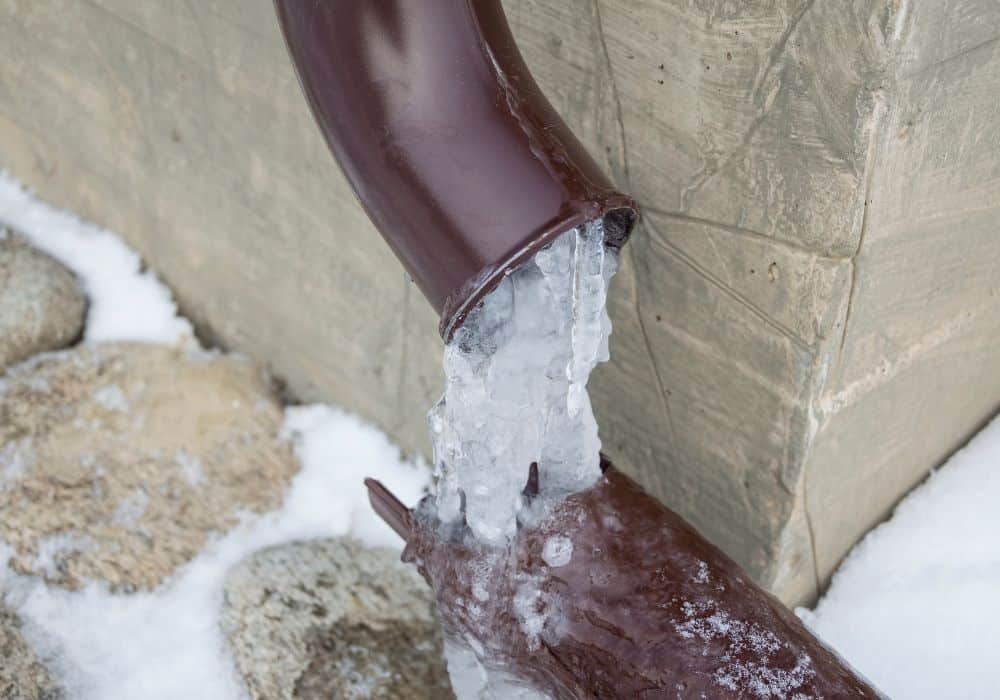
7. Close-up cracks or openings
Thoroughly examine your home for possible cracks or openings to prevent cold from sneaking through them and freezing the water in the pipes. Inspect the holes for your electrical cables, pipes, and dryer vents for any leaks; check cracks in windows and sill plates and seal them once observed to contain the warm air and keep drafts from entering into pipes.
8. Always keep the heat on
Turning on the heat while you’re at home is normal, especially during the cold weather; however, it may not seem very rational to leave the heat on in an empty house. While this may be true, it is also true that without it on, the pipes in your home tend to freeze and burst while you’re away. Hence, if you do not have pipe insulation, it is better to leave the heat on when leaving the house. You do not have to keep the house super warm – a temperature of 55 degrees and higher can prevent pipes freeze.
9. Cover crawl spaces
You will need to cover crawl spaces in the home if the weather seems threatening. This will reduce the amount of cold air that enters the home and save you from bursting pipes. You can use pieces of foam sizeable enough to cover the vents and seal them with duct tape.
10. Open internal doors
Another method of keeping a stable temperature in your home is leaving interior doors at home. Having a heater in the house is essential during cold weather; however, it is possible that heat does not regulate throughout the house with the doors closed as some homes are not structured to have even distribution of warmth. So, to ensure that your home has a consistent temperature, open the interior doors so that warmth gets to freeze-prone areas such as bathrooms and kitchens.
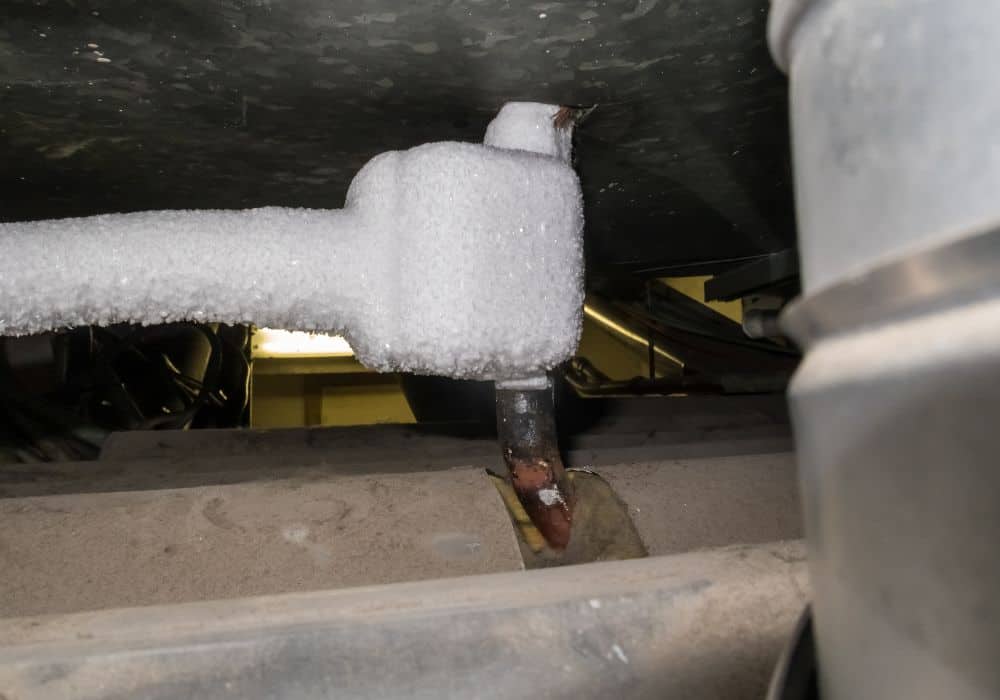
What to do when pipes freeze
The most typical indication of a frozen pipe is a lack of water; the faucet stops running water or does as little as a trickle. However, there are other signs, such as frost on pipes and strange smells from a faucet. When you notice any of these and have ascertained that the pipe is frozen, you must act immediately and thaw it. However, you may only thaw pipes that haven’t ruptured; otherwise, you’ll need to shut out your water system from the main water supply and call a plumber to avoid causing a flood.
If you’re sure your pipes are not ruptured yet, then follow these tips to unfreeze them:
- Put on the faucet to allow water to flow through the pipe as you unfreeze the blockage; this will help to melt the frozen area further.
- Find the section of pipe that is frozen and apply heat to it through an electric heating pad, electric hair dryer, or space heater. Note: don’t try to thaw a pipe with an open flame device like a propane heater, blowtorch, or charcoal stove; it may result in a fire hazard.
- Continue this process until the water passes through freely and the full water pressure is recovered. Then, check the other faucets in the house for signs of freezing.
Conclusion
Pipes freezing is a rational concern that, if not paid attention to, may result in bigger problems. Hence, while you’re bracing for the winter and ensuring to keep yourself and your home warm, you must also note that your pipes are as susceptible as you are to freezing if not adequately protected.
It is crucial to perform effective techniques that keep your pipe from freezing when temperatures skyrocket. While you can seek a permanent solution like pipe insulation, there are other methods that can save you in cases of emergency, which we have discussed in this article. However, in extreme situations where the frozen pipe has ruptured before your notice, it is advisable to refer to a licensed plumber to avoid causing more problems.
